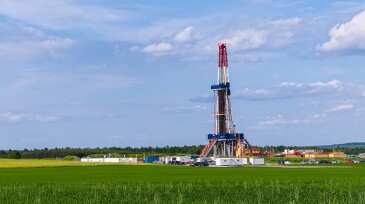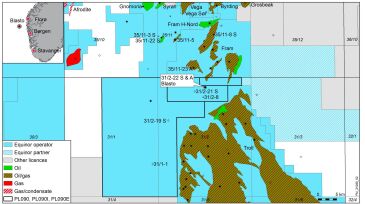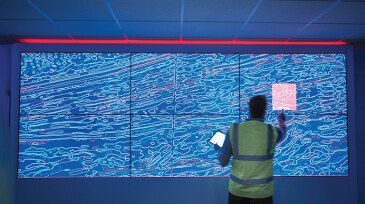Reservoir
Ranger acquires American Well Services for $90.5 million, adding 39 workover rigs and boosting its fleet by 25%.
Production from the Búzios field now tops 1 million B/D with six floating production systems in operation and more on the way.
Geophysicist Markos Sourial discusses advances in seismic imaging, the challenges of modern data processing, and what they mean for the next wave of subsurface professionals.
-
One should recall that statistics predict oil will continue to be the main source of energy for the next 2 decades, with heavy oil constituting a great portion of that. That means that, while the oil industry is going through unprecedented and even unpredictable economic downturns, the status of heavy oil is still unquestionable.
-
The authors demonstrate that alternating injection of polymer and water is effective and economical for heavy oil fields, even offshore.
-
A pilot project validates the use of an advanced polymerflooding technology on the Alaska North Slope.
-
This paper outlines an approach to history matching that uses artificial intelligence with an artificial neural network and data-driven analytics. The approach has been used to mitigate history-matching challenges in a mature, highly geologically complex field offshore Malaysia.
-
A study of a field case concludes that well spacing can be optimized by combing the information extracted from uncertainty and the interpolated maximum net present value.
-
Oil prices are up and so is the outlook for companies at the heart of the US unconventional oil sector, but they still have their concerns.
-
The Norwegian Petroleum Directorate and Equinor have announced the biggest discovery so far this year on the Norwegian Continental Shelf. Three wildcat wells drilled in the Blasto prospect near the Fram field confirmed the find and were then permanently plugged and abandoned.
-
Emerging three-axis microgravity technology has the potential to provide reservoir information not obtainable from other forms of data acquisition
-
Algorithms are taking over the world, or so we are led to believe, given their growing pervasiveness in multiple fields of human endeavor such as consumer marketing, finance, design and manufacturing, health care, politics, and sports. The focus of this article is to examine where things stand in regard to the application of these techniques for managing subsurface en…
-
The Norwegian oil company is exiting assets in North Dakota and Montana after a decade of development. A Houston-based private equity producer will take over the shale fields.













